By: Eric Martinez
August 30, 2010
- Flexibility is closely related to strength and posture. Functional Flexibility will create a dynamic three-dimensional active range of motion of body segments for the required motor task. Flexibility is not an end in itself, and flexibility and stretching are not synonymous. Stretching with all its variations is a means of increasing flexibility.
- There are certain muscles that chronically shorten because of their location in the body and the certain functions they perform. These muscles need to lengthen through functional movements; therefore they require constant attention in maintaining quality movement and in preventing overuse. Chronic shortening can occur from just about any daily activity and repetitive motion you perform. The muscle groups that require constant attention in terms of lengthening are the gastrocnemius and soleus, psoas, hamstrings, adductors, illiotibal bands, lats, chest, and wrist flexors. These muscles should be addressed daily depending on what sport or daily activity you are doing.
- Flexibility training must be tailored to meet the needs of each athlete. It should be addressed daily, as with any other training component, variation must be programmed into the flexibility routines. Again flexibility is not a warm up; it is part of a warm up, not the major focus in the warm up.
- The rule you must remember is warm up to stretch, not stretch to warm up. “Static Stretching”, which involves no motion is best placed at the end of the workout as part of a cool down because it restores the muscles to their resting length and also improves static flexibility. This will help reduce soreness and enhance recovery for the next workout and their overall physique. The tempo of the stretches used in a warm up is stretch, hold one count, relax, and repeat three times and then move onto the next body part. The purpose of stretching in a warm up is neural activation.
- “Dynamic Flexibility” is useful to improve flexibility and warm up your muscles before training. Some dynamic stretches are; arm swings, leg swings, trunk rotations, reaches, and bending to stimulate blood flow and wake up the nervous system. This type of stretching is a good foundation for further work during the day. When doing dynamic stretches, movement should be flowing, rhythmic, and controlled, repetition range is 8-12. Dynamic flexibility work will improve elasticity of muscles and ligaments and most importantly prevent you from injuries.

